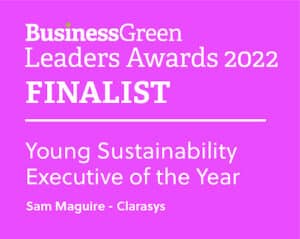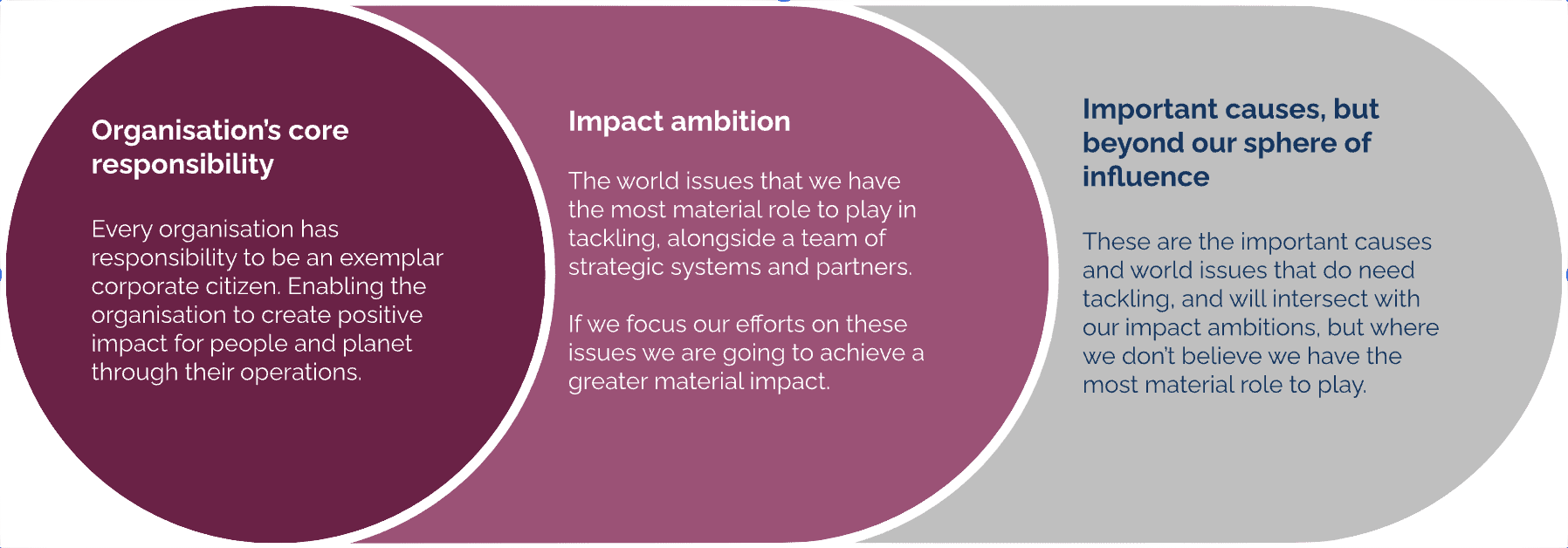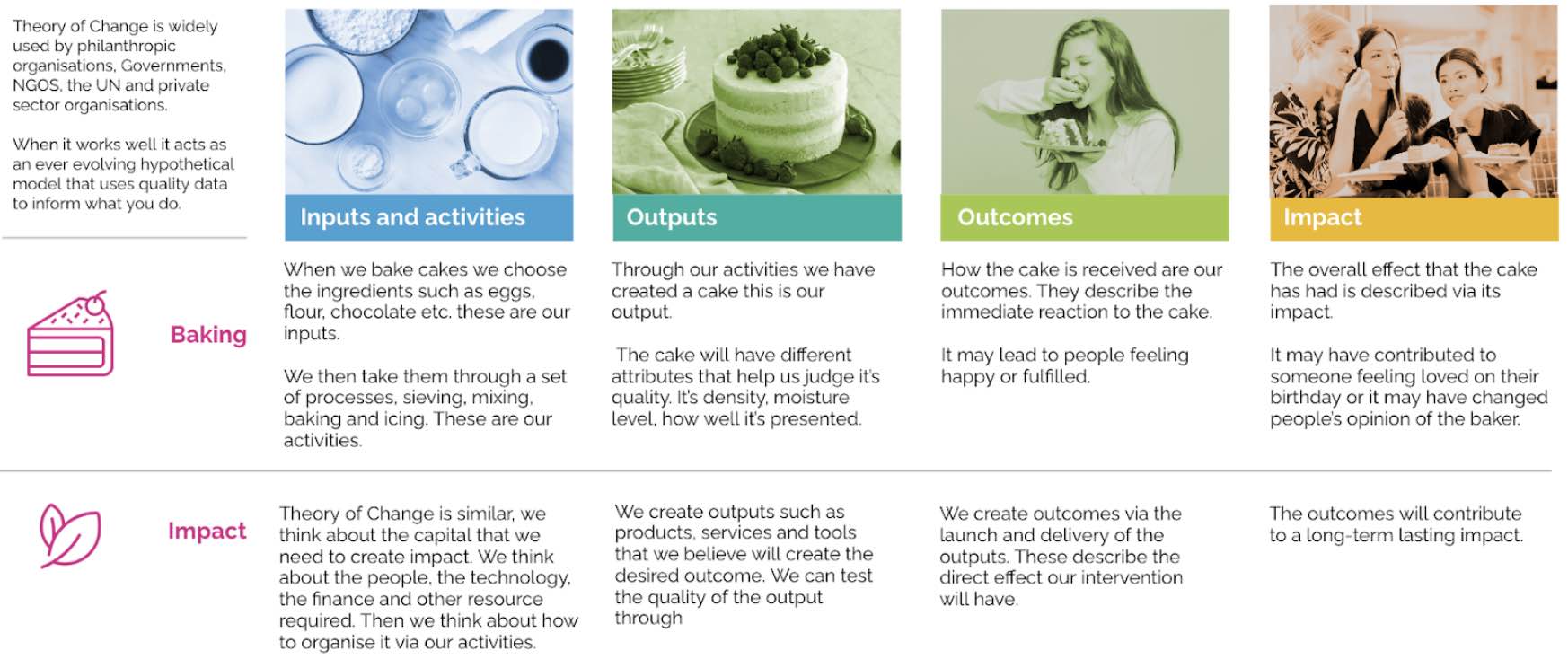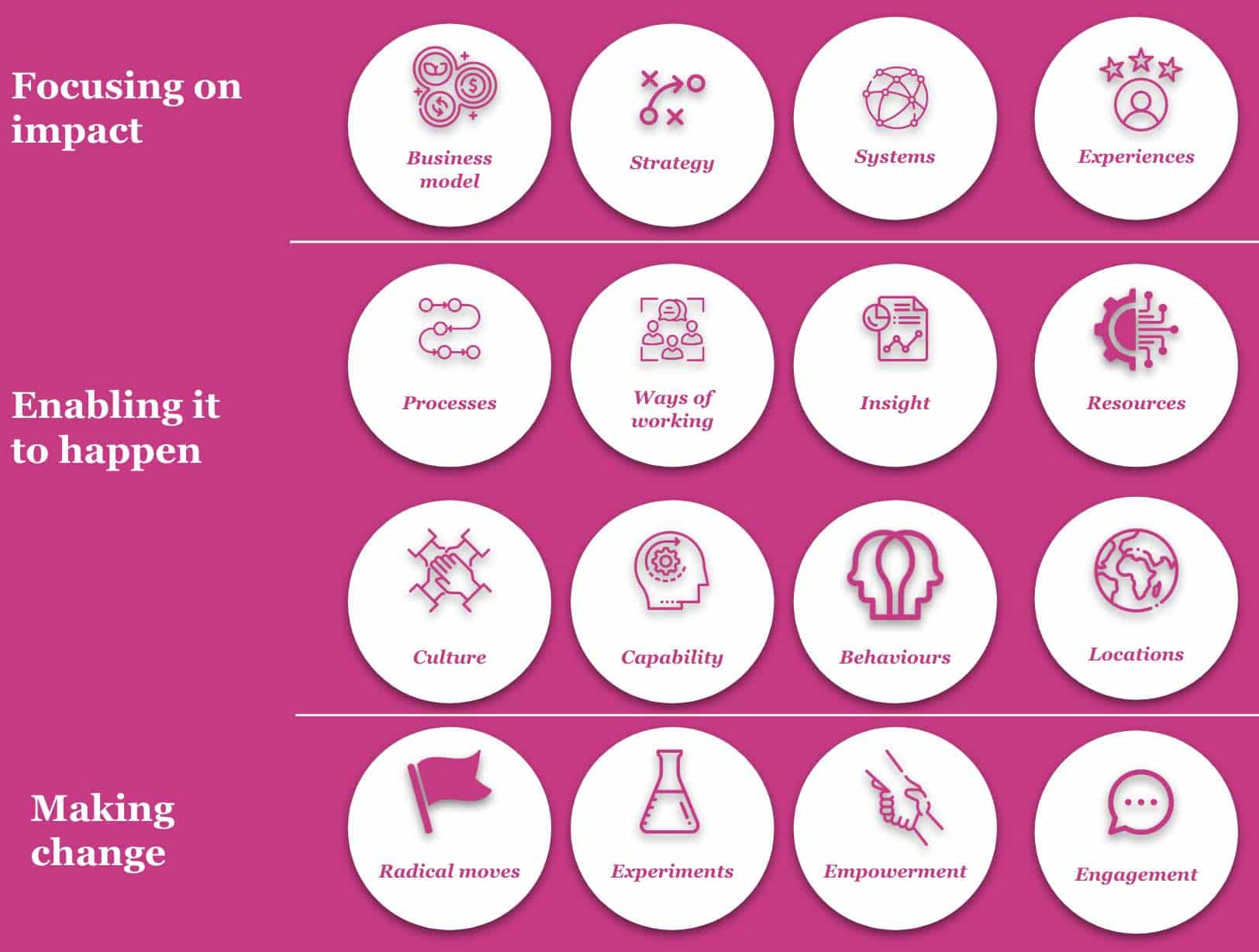Learn how to define, design and implement a sustainability operating model while considering how to effectively apply the change in your organisation.

Learn how to define, design and implement a sustainability operating model while considering how to effectively apply the change in your organisation.

Learn how to define, design and implement a sustainability operating model while considering how to effectively apply the change in your organisation.


Last year we developed a blog that explored a series of considerations to think about when integrating sustainability within your operating model. This article goes a step further, focusing on how to build a robust sustainability operating model, emphasising how to align your organisation with sustainable practices while maximising its impact.
For us, a sustainability-focused operating model has three main criteria:
To create this sustainability operating model we are going to detail four key design and implementation phases that we have been working with clients on. These are:
Before we move into these phases we have five engagement principles that we apply to this sort of work that we believe enable more successful design and the ability to create impact:
We apply these principles through the following pathway to develop sustainable operating models:
Materiality assessments are of course common practice in the development of sustainability strategy. Commonly they consider the relative importance to stakeholders and the comparative impact of different environmental and social factors onto your organisation. Often using the UN SDG’s, the GRI’s or ESG frameworks to inform which of the areas to consider. We do materiality a bit differently considering an organisation’s actual and potential for impact in different areas. Asking the question of which areas are we best placed to create impact. Here we look to understand what organisations optimum role in ‘Growing the Pie’ (A. Edmans) is. From it we look to break factors into three categories:

This materiality enables us to then break down how we create positive and negative impact against these areas to inform operating model redesign.
We use Theory of Change to map out how an organisation creates positive and negative impact against the defined impact areas. This technique can be used to develop a view of what you will do or change to create impact. It can consider business model, operating model or initiative level activities. Starting from what is the change that you want to see in the world or guard against happening and working back to what are the resources, the activities, the outputs you need to provide or change to make it happen. 
The impact pathways in totality will provide a view of how your business will need to change in order to better deliver impact.
Once there is clarity on the impact pathways you can integrate them into your operating model by changing your organisational focus. These are the changes you need to make to how you work to ensure you are prioritising impact. From this you can then consider how your operations need to change to support that impact focus whilst also ensuring that your operating model meets your core responsibility.

Once some upfront design has been done you can then start to change your organisation to make it happen. Here you should adopt the principles we outlined before in terms of change but structure your roadmap into four key sections:
If we want to create a better world we need organisations to consider radical, purpose-driven change in the way that organisations such as NatWest, Anglian Water and Jaguar LandRover are. I.e. moving from broad ambition statements to a fundamental redesign of how the organisation operates. While this is a highly complex endeavour, the change must be made and a collaborative and co-created process should be followed for the best results.
If you need help on where to get started, get in touch to find out how we can support you.